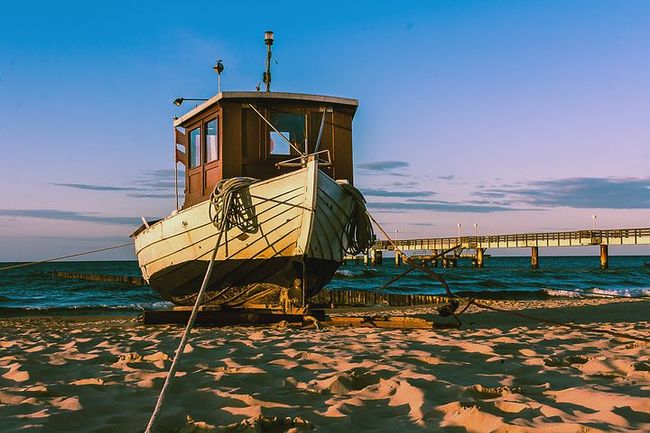To Poland and back - boundless
Cyhoeddwyd: 18.06.2019
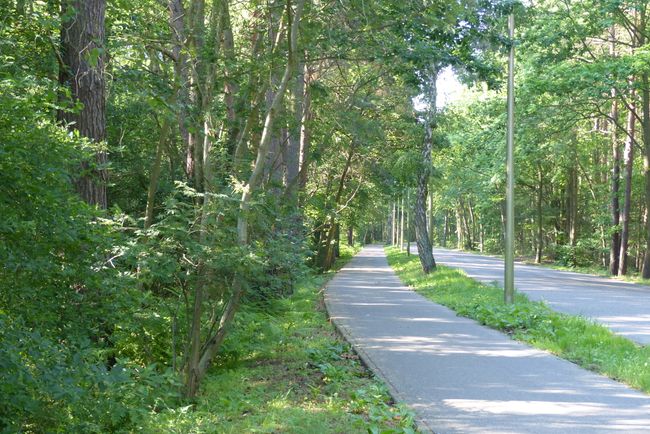
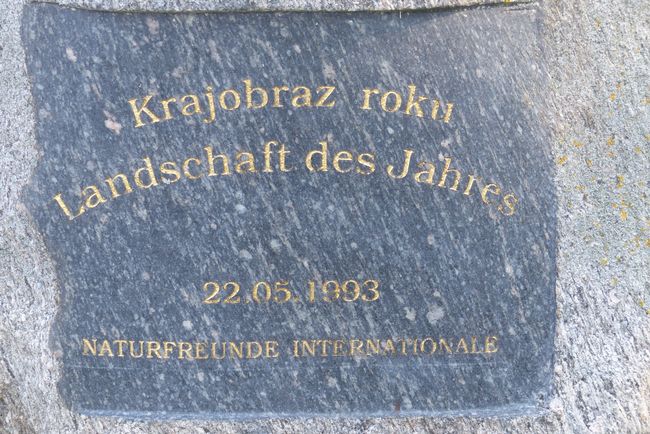
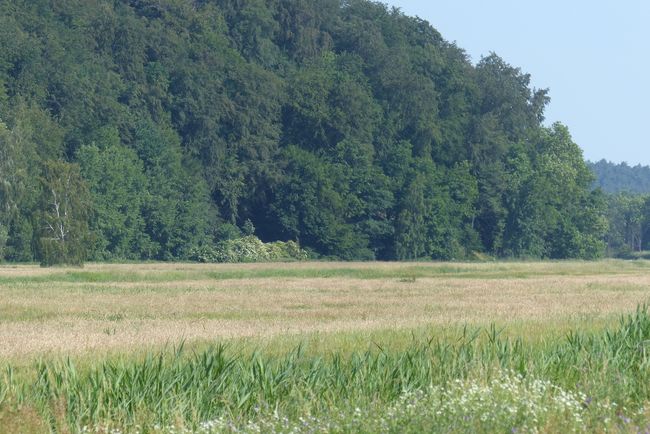
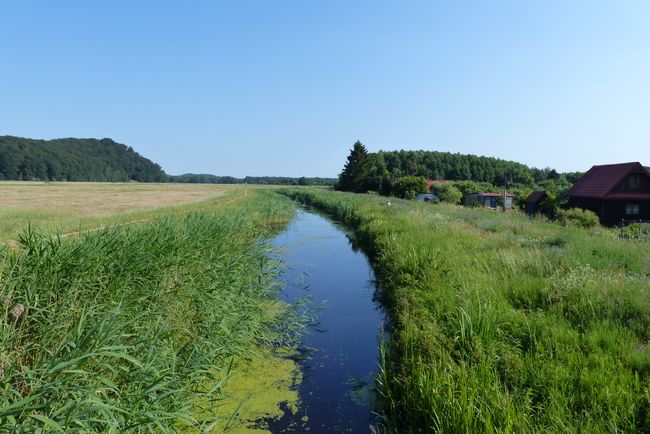
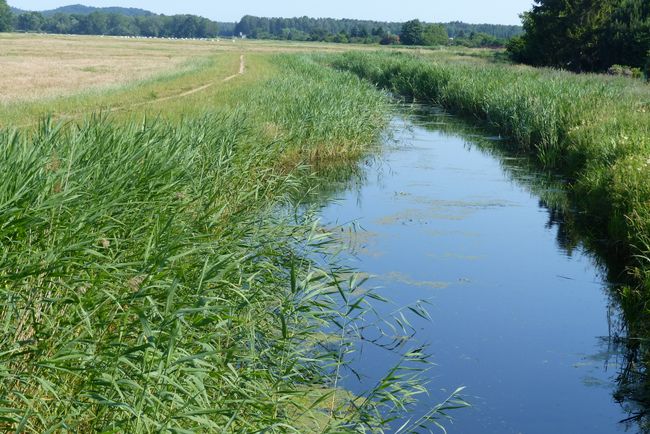
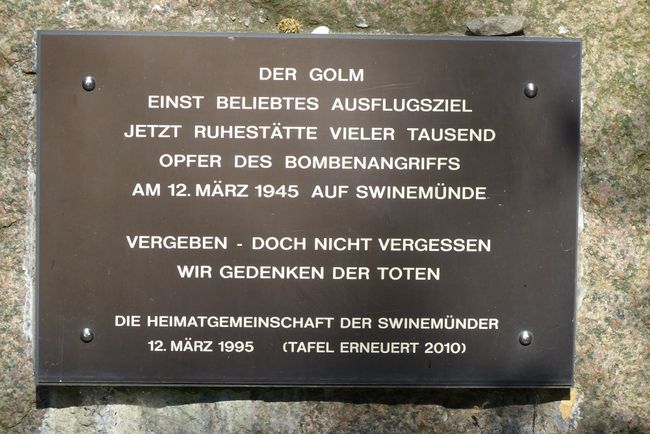
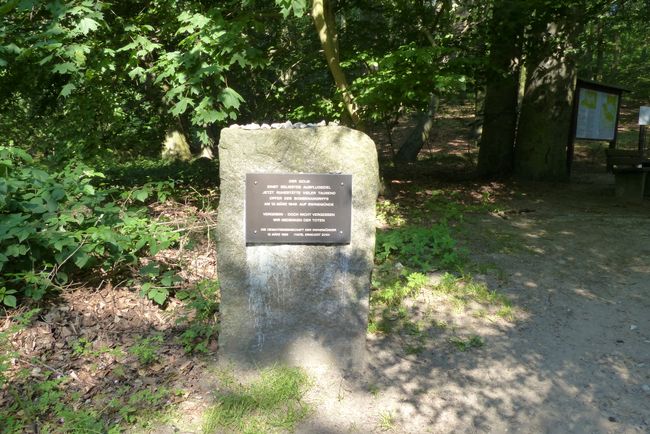
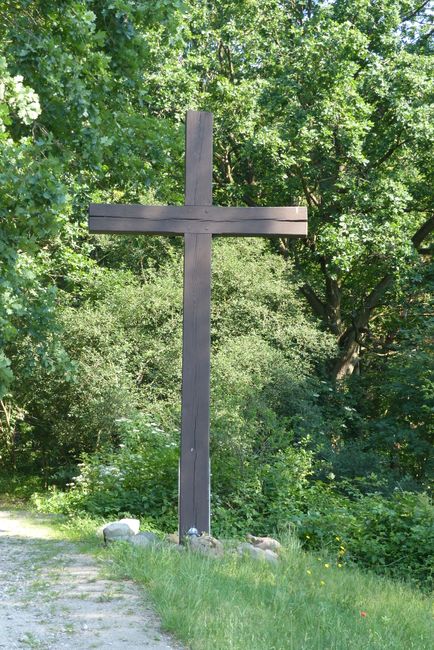
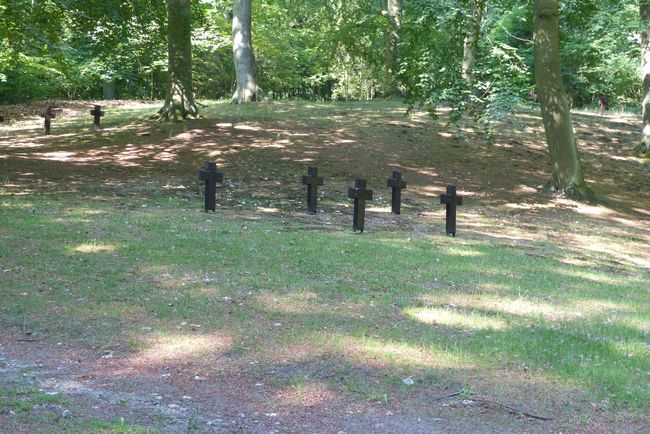
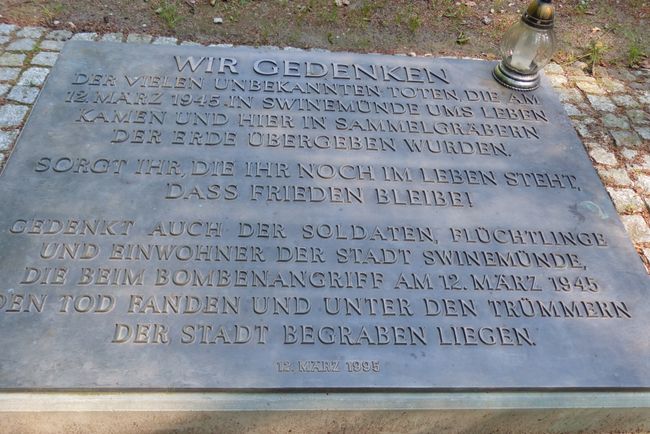
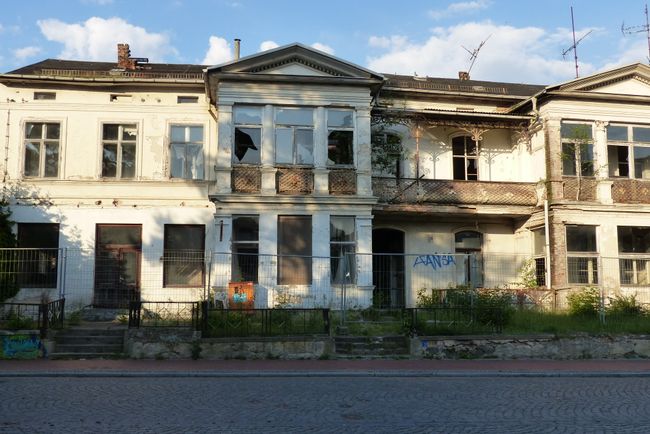
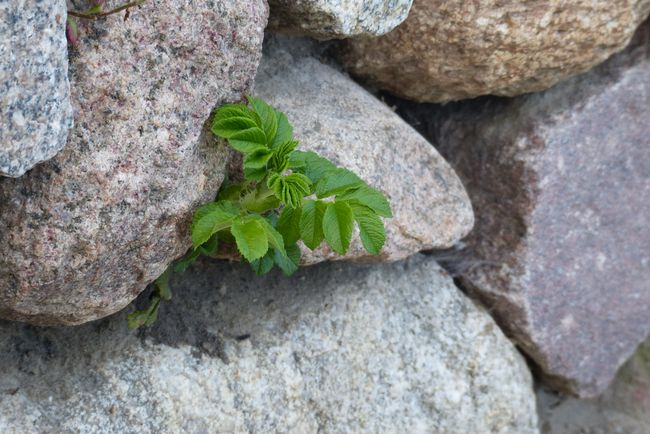
Tanysgrifio i'r Cylchlythyr
This morning I left at 7.00. The goal was the 'Golm' memorial site near Świnoujście, but on German territory. At this time of day, the promenade on the island is still nice and empty. Only locals on their way to work and me.
At the border, suddenly the stone of the International Friends of Nature.
Golm is the highest elevation on the island of Usedom, with a staggering 69 meters. It was a popular destination.
In autumn 1944, a military cemetery was established there. 1,500 soldiers from the navy, army, and air force were buried here.
In early March 1945, the small town of Świnoujście was crowded with refugees and soldiers. Kilometer-long processions waited for the crossing on the eastern bank of Świna. Several refugee ships were in the port. Hospital and refugee trains were ready to depart from the train stations when 661 American bombers turned Świnoujście into a burning inferno on March 12 with an enormous load of bombs. The attack targeted the harbor, which was heavily used by the German navy. Between 6,000 and 10,000 people, mainly civilians, died in the noon hour of March 12, 1945. Just a few weeks before the end of the war.
The survivors were confronted with a horrific sight. There was no time to register the dead. The front was close, and more refugees arrived in Świnoujście. Several thousand dead - the exact number is unknown - were brought to Golm by trucks and horse-drawn carriages and buried here. Only 441 people were identified. The vast majority, including French prisoners of war and forced laborers from Poland and the Netherlands, had to be buried anonymously in communal graves.
Since 1950, the Protestant Church has been working to find an appropriate form of remembrance. A sculpture called 'The Freezing Woman,' created by the sculptor Rudolf Letien in 1952, was not allowed to be erected because it did not correspond to the SED's line. In 1954, the Protestant Church erected a huge wooden cross, which was sawed off a few days later by 'unknown perpetrators.' Years later, the GDR government built a round building made of concrete, intentionally creating a contrast to the picturesque landscape. The words of Johannes R. Becher, 'That no mother weeps for her son anymore,' call for renouncing war and violence. In 2009, metal thieves stole the bronze letters. UNBELIEVABLE!
Since 2000, the 'Volksbund Deutsche Kriegsgräberfürsorge' has been responsible for it. In 2005, the Volksbund opened a youth meeting and educational center just 400 meters away. In the immediate proximity to Golm with its graves, young people are to be taught how important and valuable peace is.
The election successes of the AfD and PIS in Poland are even more incomprehensible.
Then I rode back towards Heringsdorf and enjoyed that sometimes I didn't know where I was: in Poland or Germany? And a united Europe can only exist without the right-wing idiots in Poland, Germany, or anywhere else.
In Heringsdorf, I quickly went to Edeka to buy drinks. They have these stupid shopping carts here, so I had to put my backpack in there. And at the checkout, they asked me if I had something in the backpack. I answered 'of course'. I didn't understand at all. And then I actually had to open the backpack. No stolen goods inside. I was allowed to pass.
In the afternoon, I had a 60-minute massage with Ute Pühler. Wonderful, wonderful. Another one on Friday.
In the evening, I went on a little bike ride. Watching the water. On the way back, I saw this run-down house on a side street. The contrast to the promenade.
Tanysgrifio i'r Cylchlythyr
Ateb

